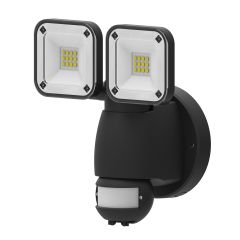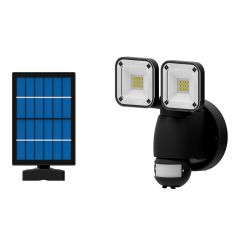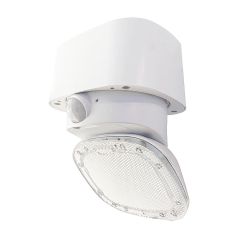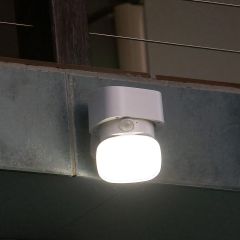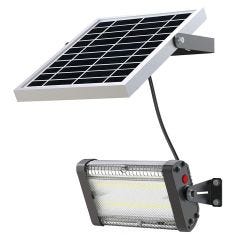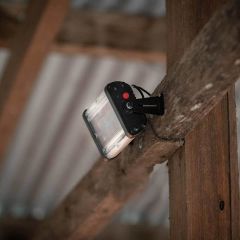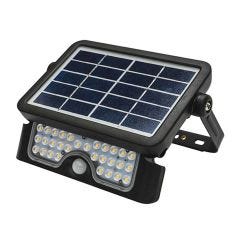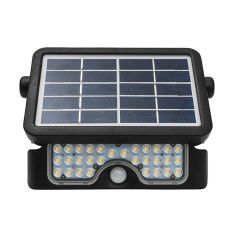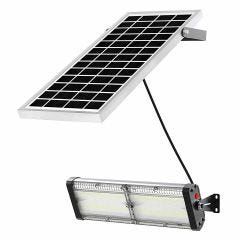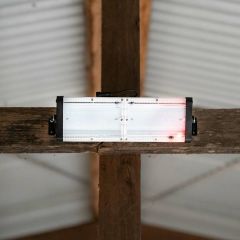Solar spotlights are designed to direct a focused beam of light onto a particular spot or object, often from a distance. Their primary purpose is to accentuate specific features by illuminating them with precision. In contrast, solar floodlights emit a wide and diffused beam of light, spreading illumination over a broader area. These lights are commonly employed to illuminate expansive spaces or large outdoor areas.




